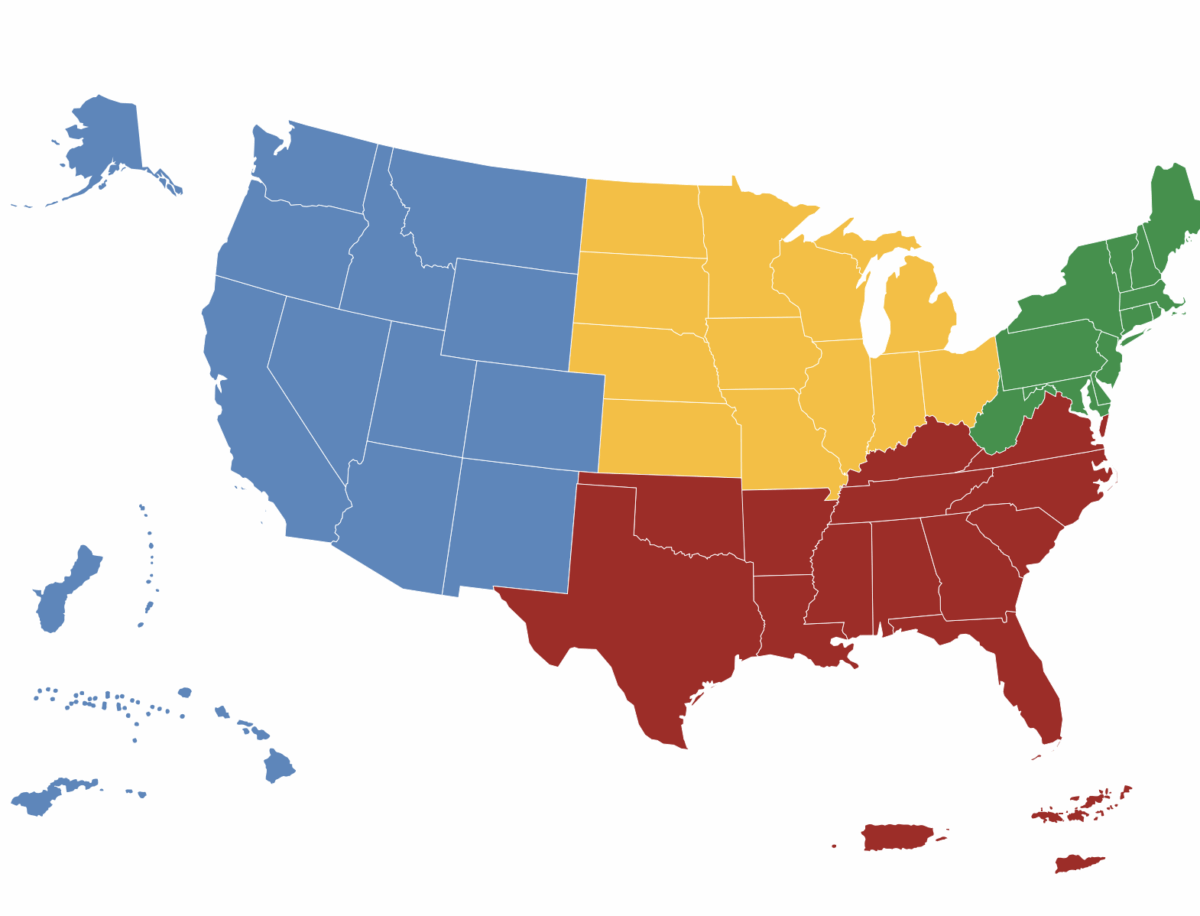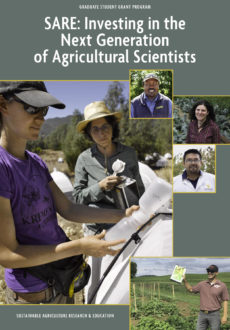The challenges that farmers and ranchers face today are growing more and more complex, and the cornerstone of the SARE program is the idea that sustainable solutions to these challenges arise when scientists, educators and producers work together to test theories in real-world, on-farm situations. However, for this approach itself to be sustainable, there must always be a strong pool of agricultural scientists rising through the ranks who believe in it too—professionals who know how to use collaborative, applied research to address the real-world needs of farmers and ranchers.
This is precisely why SARE offers research grants through its unique Graduate Student Grant program, and why we are proud to say we hit a major milestone in 2016 when we awarded our 600th Graduate Student grant. Since 2000, the four SARE regions have awarded a total of $7.2 million to 600 graduate students.
In this report, you will learn about the con-siderable impact of this investment on both the students and sustainable agriculture through the stories of eight grant recipients. This impact is a clear reflection of the program’s primary objective, which is to foster the next generation of agricultural scientists and their interest in sustainable systems.
For the majority of master’s and Ph.D. students who received a SARE grant, it was their first experience applying for and managing a grant of any kind. This, of course, represents a fundamental learning opportunity for anybody planning a career in agricultural research, education or Extension. Taken a step further, the SARE application process challenges students to consider how their research interests can be framed to be meaningful to farmers and ranchers, and to advance sustain-able agriculture. As a result, this grant program gets students out of the lab, into the field and talking to farmers.
For example, see the story of Louis Nottingham, whose project on cultural pest management strategies for snap beans led to practical results that he is now sharing with growers. Or the story of Laura Christianson, whose data on the cost efficiency of various nitrate loss reduction strategies, such as cover crops and wood chip bioreactors, has been incorporated into state-level nutrient management plans for Iowa and Illinois
From this foundation—managing a grant, conducting applied research, contributing to the body of agricultural knowledge—SARE graduate student grantees are equipped to launch their careers in research, Extension and teaching, and the majority do. Many use their experience to leverage larger grants, both from SARE and other sources.
Shoshanah Inwood, now a faculty member at the University of Vermont, took the seed of her graduate student project and grew it into $1 million in USDA and state funding, which she now uses to address the unique health insurance needs of farm and ranch families.
Finally, and perhaps most significantly, the SARE Graduate Student grant program encourages students to address agricultural challenges using the principles of sustainability. As you will see from reading this report, the next generation of agricultural scientists is already engaged, passionately and creatively, in this very pursuit.
About the Program

SARE is a USDA-funded program that offers grants and educational opportunities to farmers, ranchers, researchers and educators to advance sustainable innovations in agriculture. In 2000, Southern SARE initiated the Graduate Student grants program as an investment in the next generation of sustainable agriculture leaders. The other SARE regions soon followed—all seeing the value in such a training opportunity for the future of agriculture. Since 2000, the four SARE regions have awarded a total of $7.2 million to 600 graduate students.
The goal of the program is the same in each SARE region, but the application criteria and awards can vary. Students are required to work with a faculty advisor. Depending on the region, grant amounts range from $11,000 to $25,000 with a maximum project duration of two or three years.
For more information, visit: www.sare.org/grants/apply-for-a-grant
The Graduate Student Grant Program By the Numbers
| North Central | Northeast | South | West | |
| Year Grant Program Began | 2002 | 2010 | 2000 | 2006 |
| Number of Grants | 230 | 138 | 161 | 71 |
| Total Funding | $2,275,559 | $1,930,828 | $1,574,808 | $1,374,117 |
Watch one Graduate Student grantee describe how the SARE program was integral to her career:
